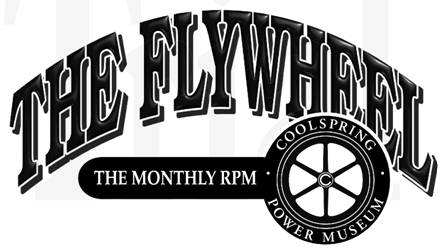
April 2015
Early Days
By Paul Harvey
This June will mark the 30th anniversary of the formation of Coolspring Power Museum, and feature our biggest show ever. During those 30 years the museum has enjoyed a steady growth, and its appearance has slowly changed. Many engines, displays, and buildings have been added, and new property has been acquired. CPM now proudly displays over 20 buildings containing about 250 engines, all spread across 40 acres in a quiet, rural valley. We will have a grand event this June!
While helping with the planning of our big event, my mind wandered back to the early days - to where it all began. It was so long ago that I had almost forgotten how it appeared then. So I searched some old photo albums and will share what I found. That was a good time and life was easy. I was planning one or two structures for my personal collection. Little did I know what was going to happen!
I had been collecting small engines for about ten years when I met John Wilcox in the summer of 1967 at the Rough and Tumble show in Kinzers, Pennsylvania. We became friends and I explained to him that my Dad and I were planning to build a 12 by 20 foot engine house for some of my collection. He mentioned that he had an extra, small Model 4 Klein that would make a great addition. The deal was struck, and he volunteered to deliver it - all for $50.00. My Dad and I already had the concrete floor poured, so the engine could be easily unloaded onto it. Wow!
Photo 1 shows me
standing with John on the bed of his faithful 952, L140, International truck,
shortly after he arrived. The Klein looked great and I was excited. It
was soon unloaded, as seen in Photo 2, moved a
bit, and is still there today. Having the rest of the day free, John and
I decided to explore the nearby oil field. Luckily, we found a vertical
Klein at National Transit's abandoned Blair Station, near Knox,
Pennsylvania. I was able to purchase it for $15.00 and get it into the
building before the walls were built.
I initially named the new structure, "The Engine House" after a photo I saw in Gas Engine Magazine. At that time, it was the only building here and would remain so until 1971. Only after its first renovation, did the name change to the "Founders Engine House." However, I still like to refer to it as the Engine House for the special meaning it imparts to me.
When in school at West Virginia University, I found a 6 hp International Victor Horizontal engine at a farm near Fairmont, West Virginia. Photo 3 shows the International engine mounted in the Engine House. It has never moved and still runs there today. Three walls have been framed and the roof is in place in Photo 4. The Klein - to the left - and the International - to the right - are still there, bolted to the floor. The 15 hp Reid in the background has been replaced by the Williamsport. Photo 5 shows the building just before the walls were completed. Note the vertical Klein from Blair Station in the center. A natural gas line, as well as an electric cable, were buried so that the displays could run. The Engine House was entirely completed before the winter of 1967. It was all any collector could ever want!
Over the next few years, the Engine House had two major expansions. First, the east wall was moved 12 feet, doubling the size of the structure to 24 by 20 feet. This accommodated the 12 hp Reid, the Lima, and the Model 5 Klein. All these are still there as originally installed, and operational. This seemed like it might be enough space, but we wisely made provision for expansion. This happened two years later when the south wall was moved out 36 feet to make the final building 24 by 56 feet in dimensions. This appeared a good size, and became the final Engine House. It could easily house all the small and interesting engines in the collection, which has continued to be its purpose. Photo 6 shows my Dad painting the starting air tank that is still used, and Photo 7 shows the completed structure in 1973. The Engine House has changed very little since then.
Over the early years, I have had three very significant trucks that moved so much of my collection. Perhaps I still love old trucks because I used them to haul the engines that I acquired. They all served me well. My first truck was a 1965 C1200 four-wheel drive International pickup. This was just one tough truck! Photo 8 shows loading the frame of the 12 hp Reid onto it near Duhring, Pennsylvania. This was in 1970, and the engine was mounted in the first addition to the Engine House, as noted above. Realizing that the new additions would be heavier ones, I purchased a 1946 Reo in 1969. Its first job was to move the 15 hp Novo from the old Bowdish shops in Brookville, as seen in Photo 9. In 1970, I used the Reo to move the 35 horsepower Hornsby-Akroyd from Zanesville, Ohio, to the museum. This was its heaviest load, and the trip turned into quite an adventure. I purchased the third truck in 1971, a 1956 S180 tandem International with a hydraulic tilt bed and winch. Although powered by a little 308 cubic inch International gas engine, it never failed to move the load. Its first long trip was in 1972 to bring home my 1925 American LaFrance fire truck. Marilyn is enjoying a rest break along I-80 as depicted in Photo 10. I used this truck until 1991 when I moved the bed to my present 1976 International Fleetstar 2070A.
In 1970, the time was ripe for acquiring big engines. The pipeline companies were starting to downsize and modernize, as was industry. Many oil field engines were easy to purchase cheaply. If one could safely move the engine, it could be readily obtained; usually at junk price which was $18.00 per ton. I already had the Hornsby-Akroyd, the Marinette, and would be getting the twin Klein. So in 1971, I contracted to have the Big Barn built. Note Photo 11. This offered so much space, but within a few years it would be filled. It retained the name, "Big Barn" until the museum was formed when the name changed to the "Power Technology Building." Photo 12, taken in 1974, shows the Big Barn with the Turner Fricke in the foreground. Two years later the Power House - now known as John P. Wilcox Power House - would be built around it.
The Machine Works was begun in 1974, depicted in Photo 13. The footer wall is finished in this view and the floor is ready to be poured. The structure would be under roof by winter. The next year, the museum acquired McKee Station, a National Transit Pipeline Station located south of Clintonville, Pennsylvania. The station was very complete and was one of the last in existence. We decided to move the entire building to the museum, store it over the winter, and re-erect it the next year. Photo 14 shows the project nearing completion in 1976.
It is my hope that the reader has enjoyed this small glimpse of the early development of the museum. Memory lane has been fun for me to do, and to help us appreciate what is now Coolspring Power Museum. All these buildings are still here but have changed and grown. Please join us at our 30th anniversary celebration held June 18, 19, and 20, 2015. See you then!
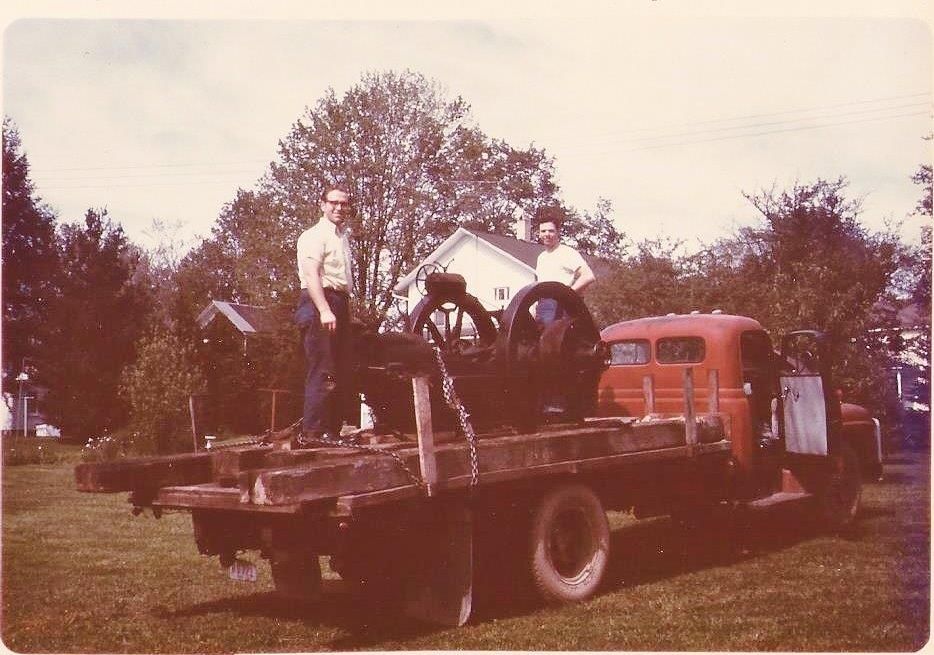
Photo 1: Paul and John standing on the bed of John's 1952 International truck
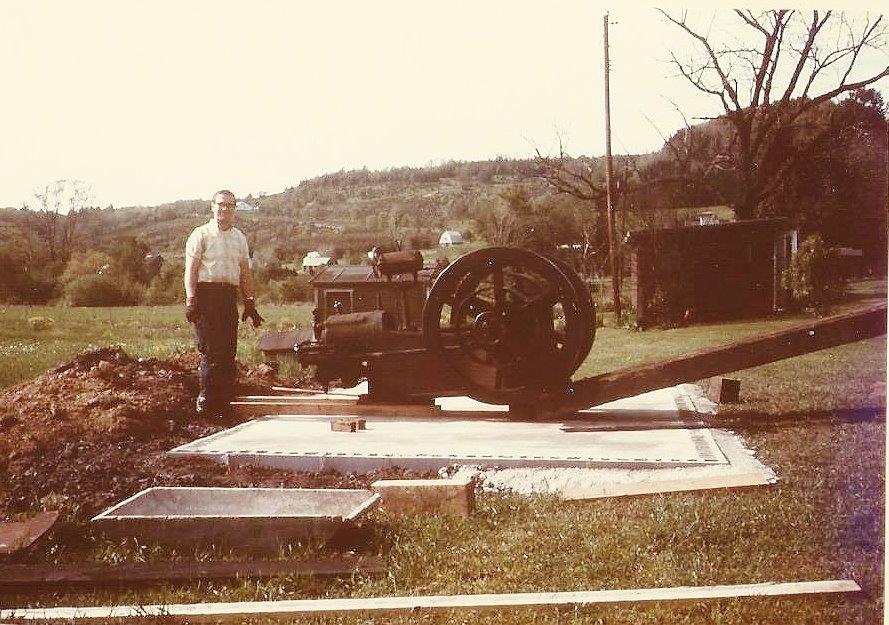
Photo 2: The Model 4 Klein unloaded
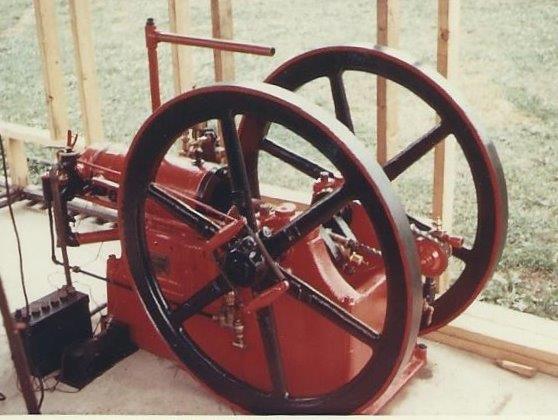
Photo 3: International Victor Horizontal engine in the Engine House

Photo 4: Three walls and roof of the Engine House are up
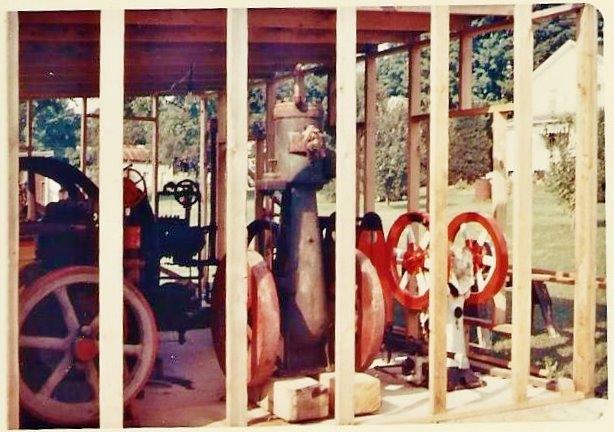
Photo 5: The Engine House before the walls were completed
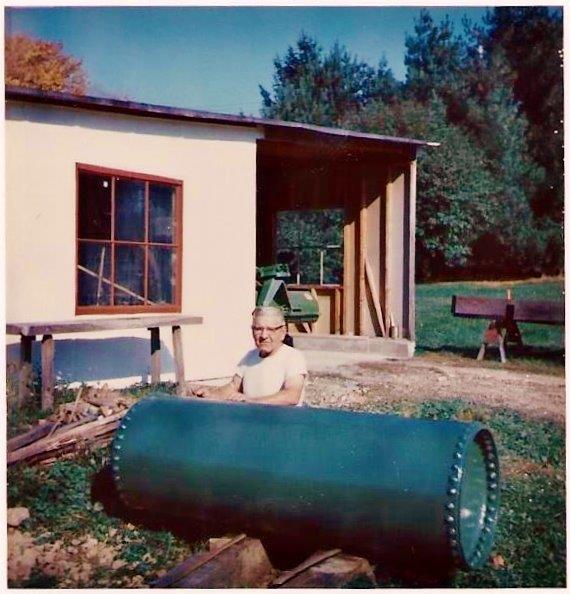
Photo 6: Earle Harvey painting the starting air tank
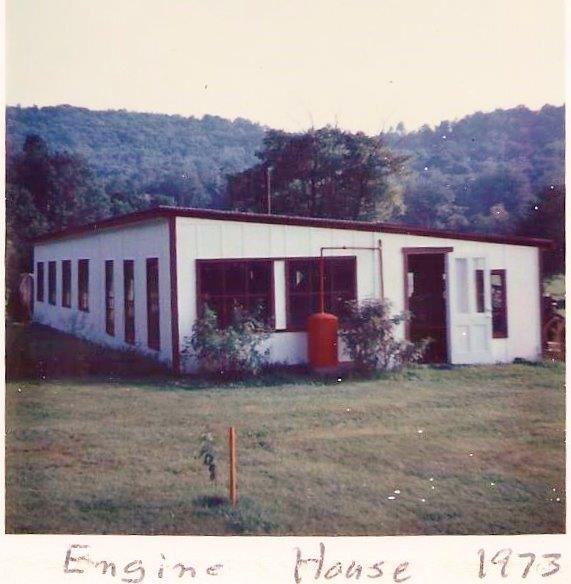
Photo 7: The completed Engine House in 1973
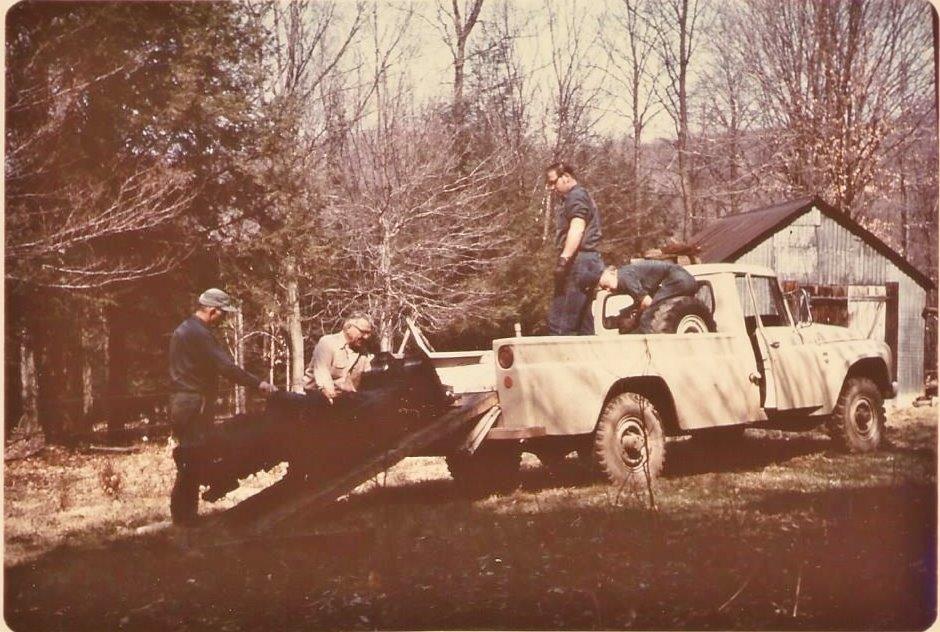
Photo 8: Loading the frame of the 12 hp Reid engine
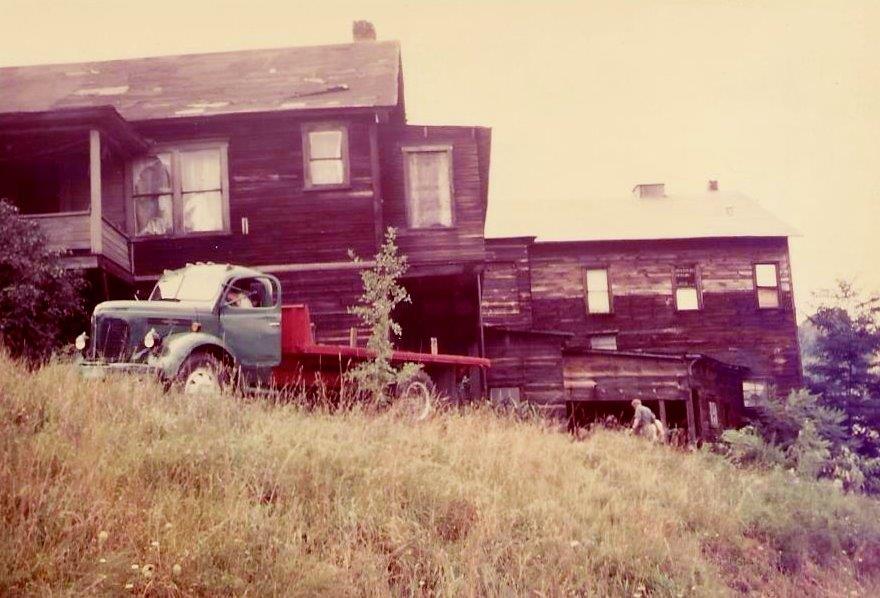
Photo 9: The Reo at the Bowdish shops in Brookville
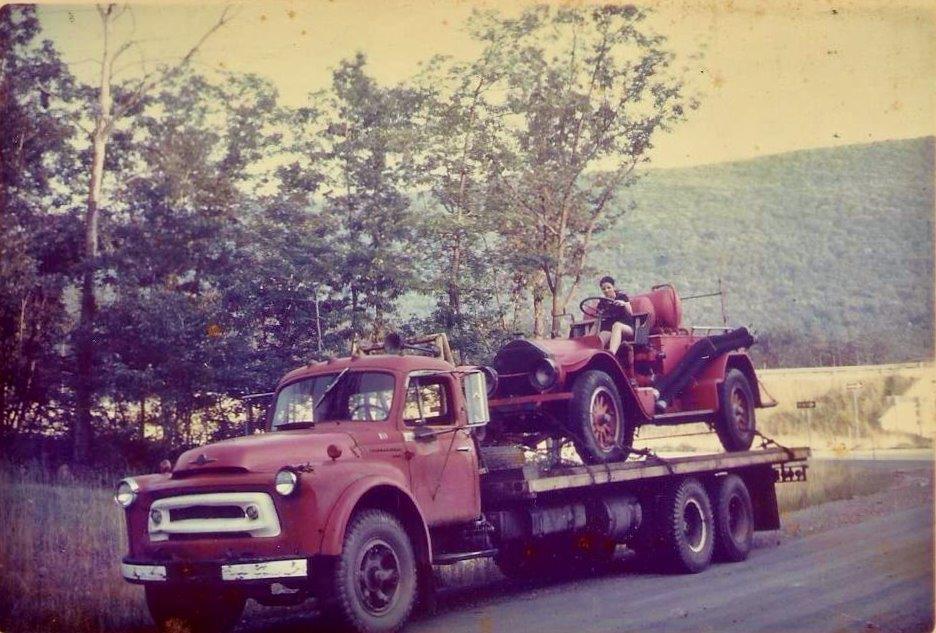
Photo 10: Bringing home the 1925 American LaFrance fire truck
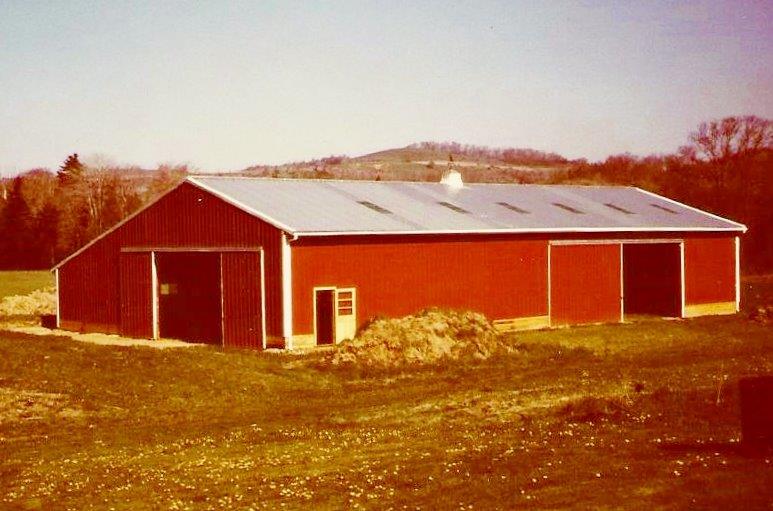
Photo 11: The Big Barn now known as the Power Technology Building
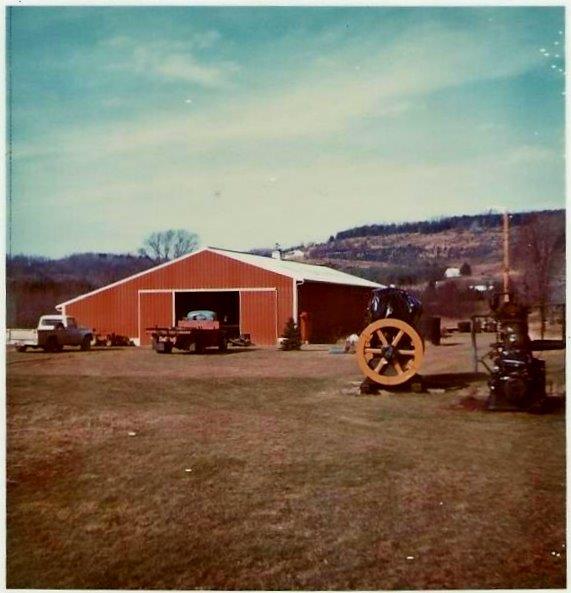
Photo 12: The Big Barn in 1974 with the Turner Fricke in the foreground
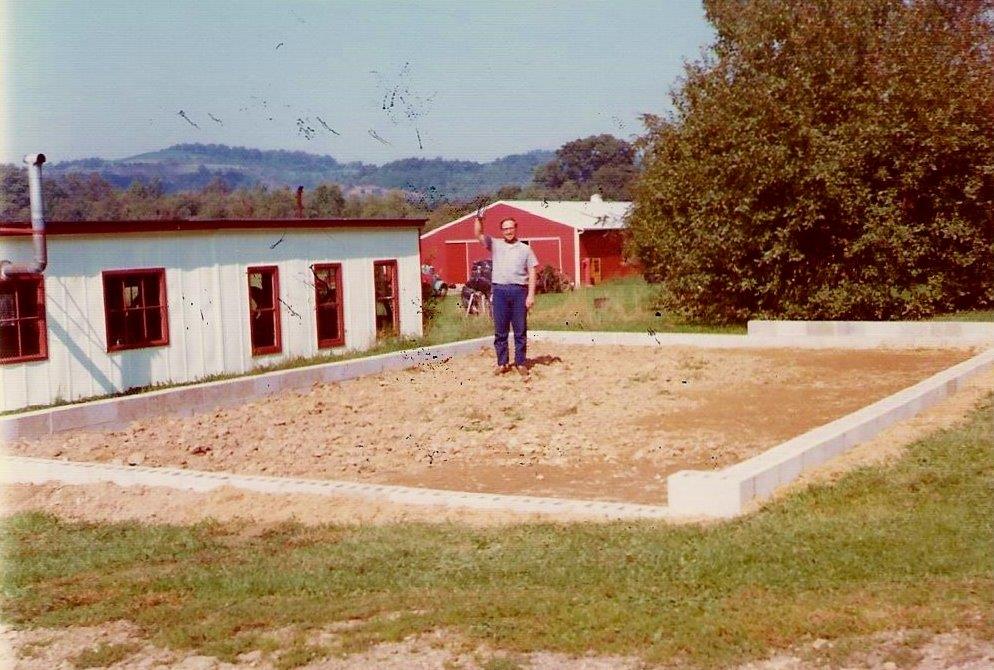
Photo 13: The Machine Works foundation in 1974
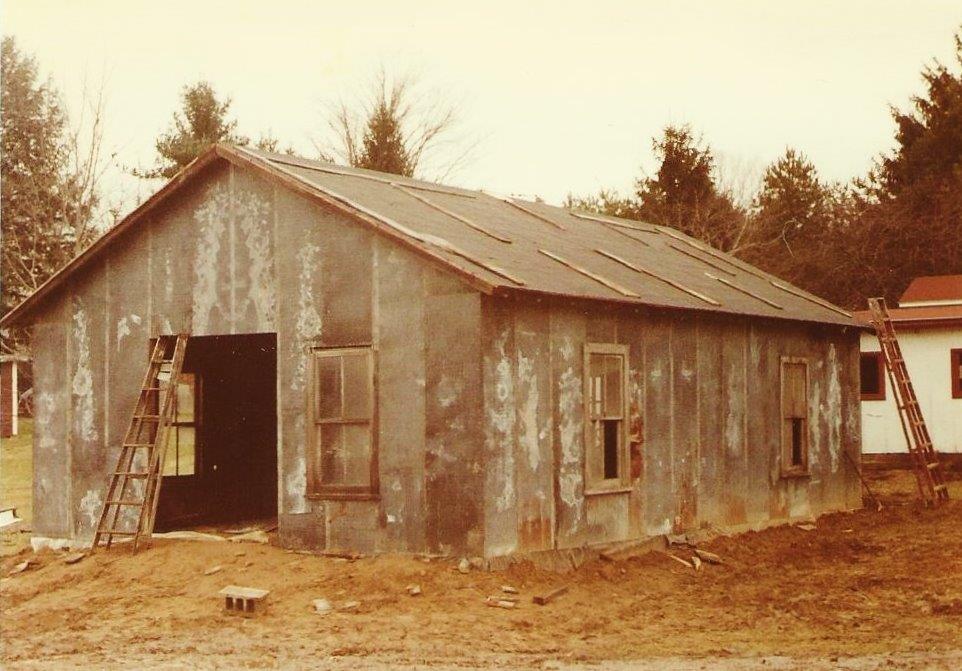
Photo 14: McKee Station nearing completion in 1976